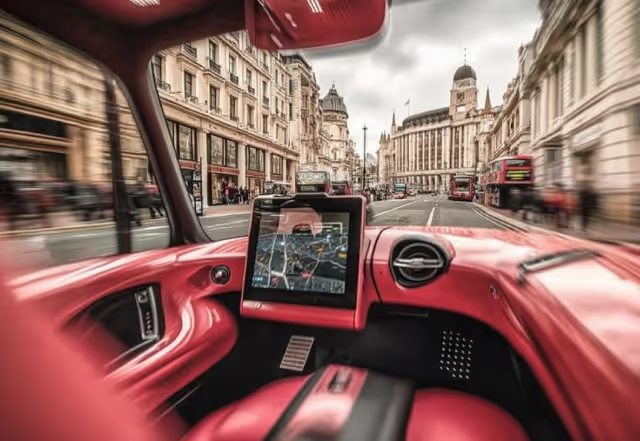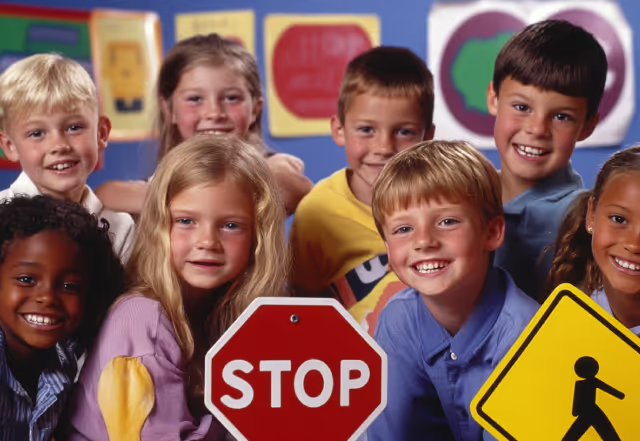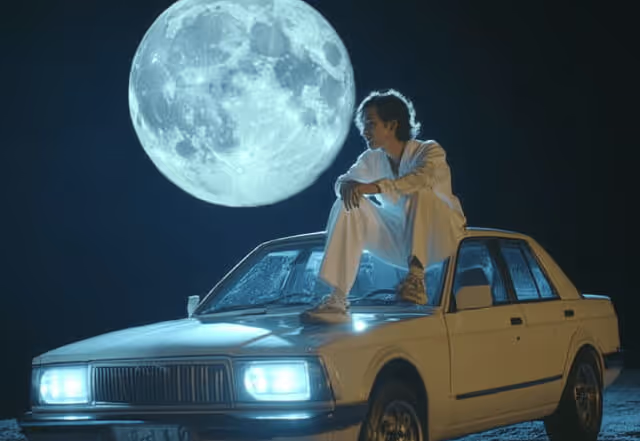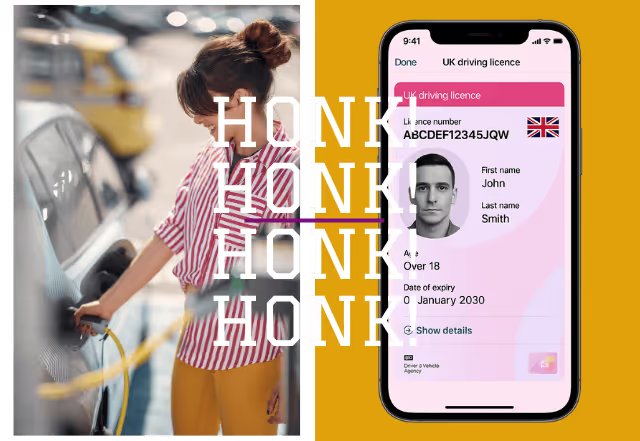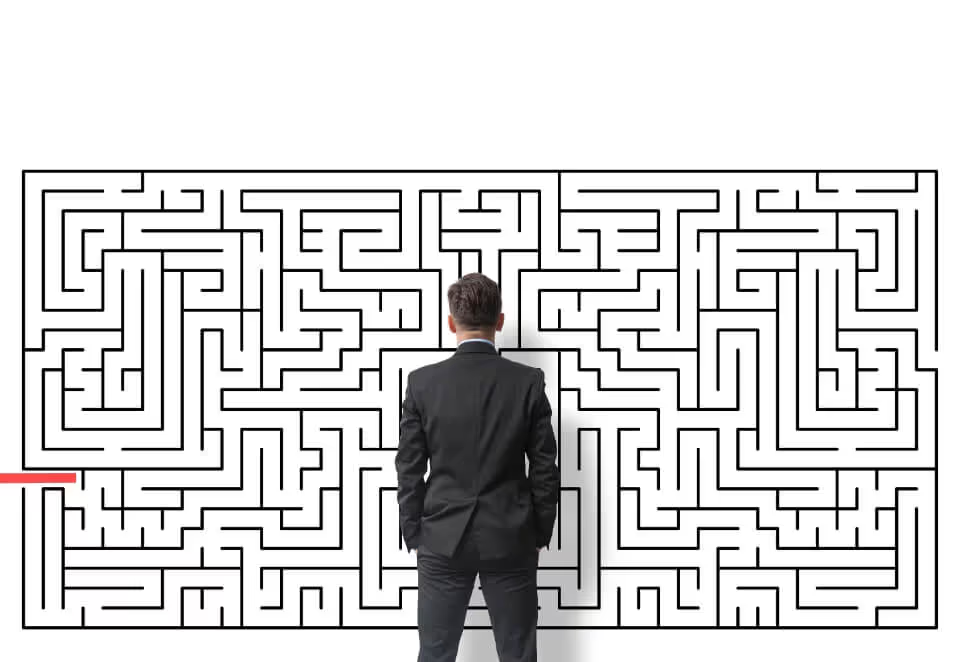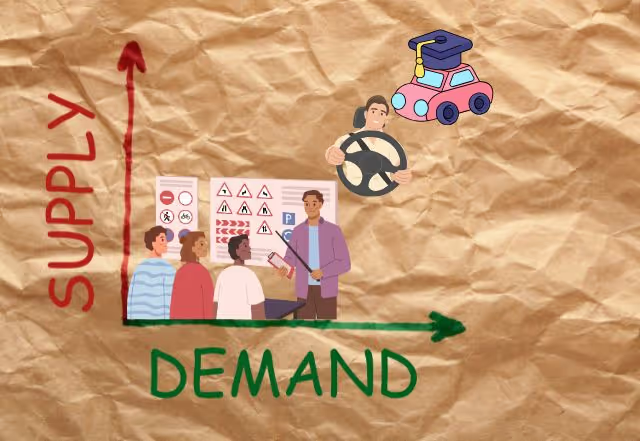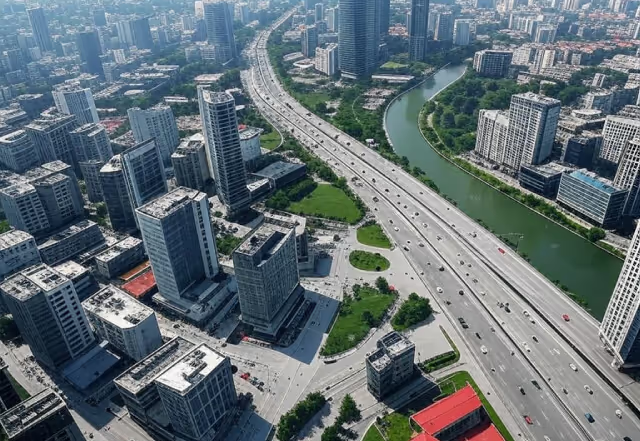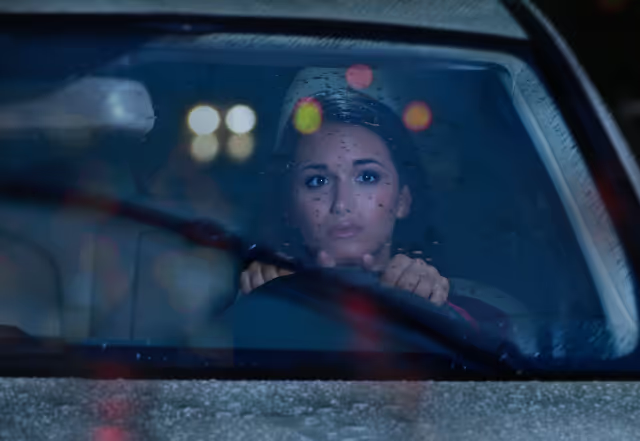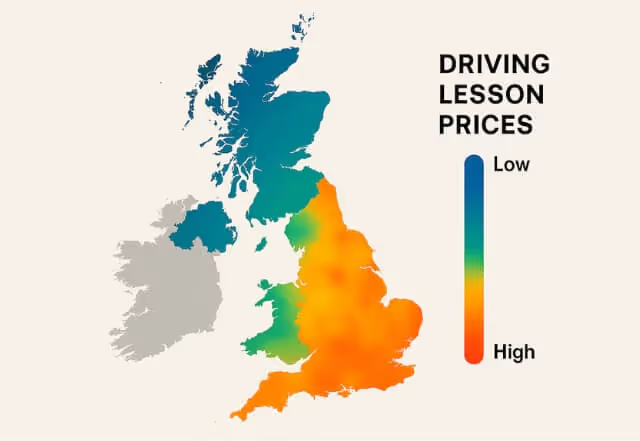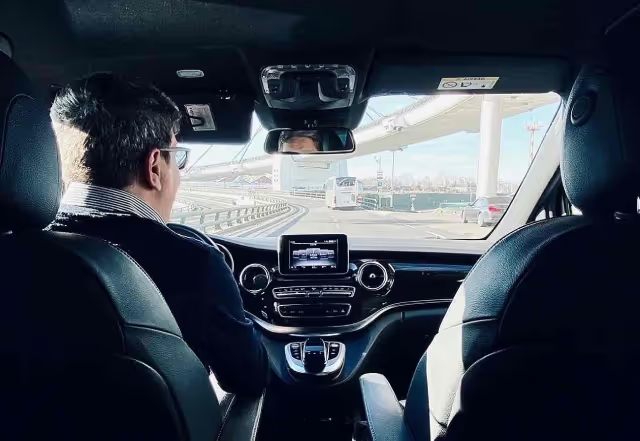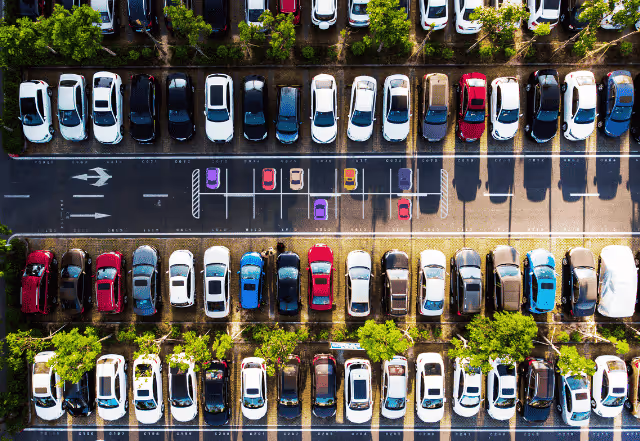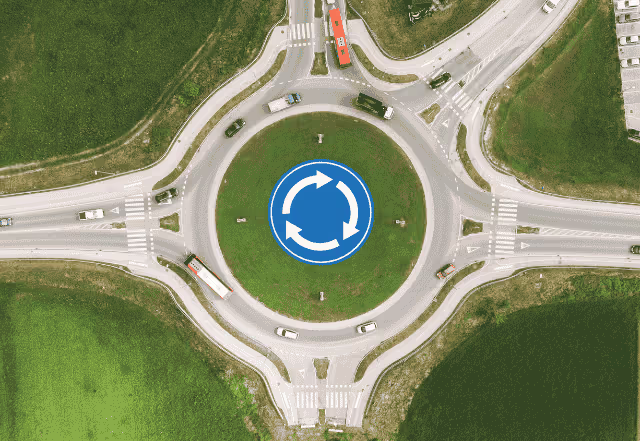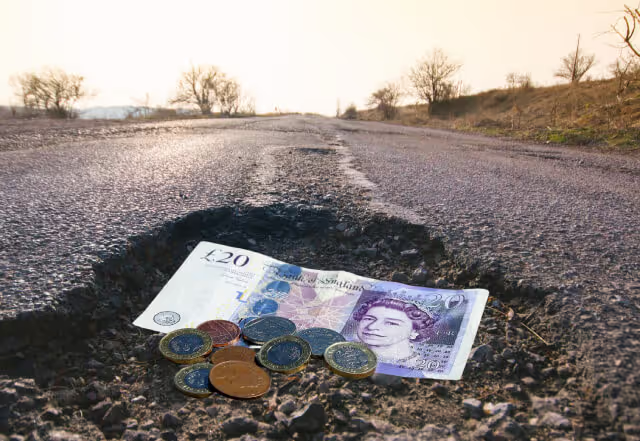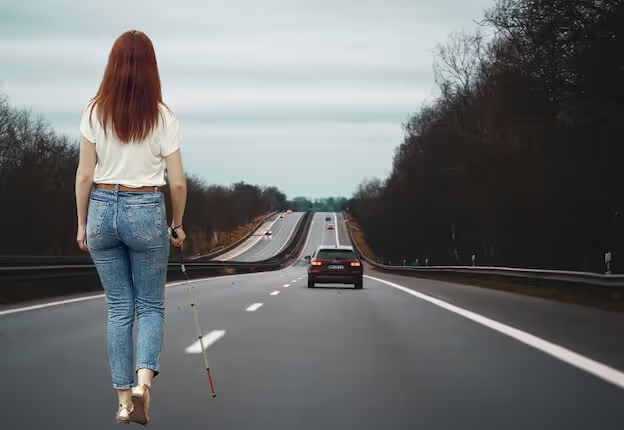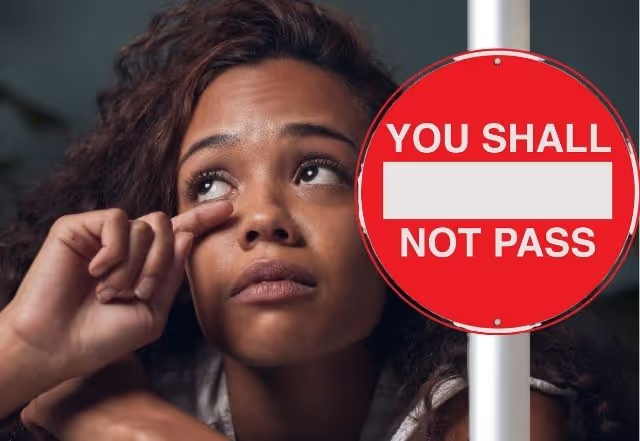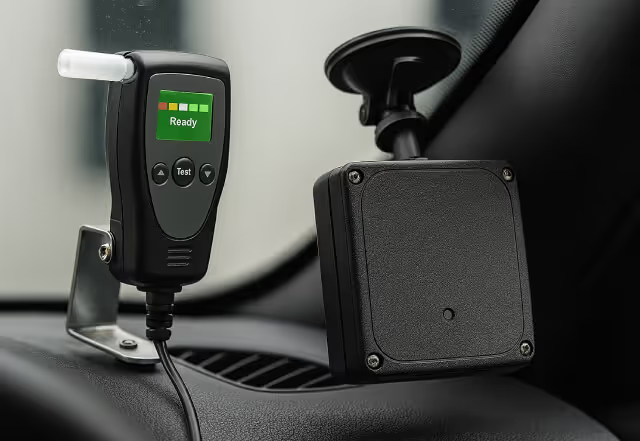Danger! Danger!! When you’re driving, how often do you notice the road signs around you? And more importantly, have you ever wondered why some signs grab your attention more than others? Among all of the signs that pepper our roads, the red triangle stands out. It’s no coincidence. This particular shape and color are designed to trigger specific psychological responses, ensuring they get noticed so that you take action.
In this post, we’ll explore why the combination of red and a triangle is so powerful in road signs. We’ll get into the psychology of color, the impact of shapes on our minds, and how these elements work together to enhance road safety.
The Power of Red: A Color that Commands Your Attention
Red is one of the most striking colors in human perception. Its psychological influence is deeply rooted in our biology and culture, making it a natural choice for road signs that need to convey urgency or danger. Here’s why:
Evolutionary Significance
From an evolutionary perspective, red has long been associated with signals of danger or alertness. Think of a ripe, bright red fruit contrasting against the green of the forest, or the red flush that accompanies emotional states like anger or excitement. Our brains are hardwired to respond to red as a call to action, which is why it’s used in situations where immediate attention is needed.
Visibility in Various Conditions
Red is highly visible, even in low light or foggy conditions. This makes it perfect for road signs that need to be seen from a distance, regardless of the time of day or weather. Studies in color psychology show that red can cause a faster reaction time in humans, which is exactly what you want when you need a driver to slow down or be cautious.
Emotional Response
Red is often associated with strong emotions like urgency, danger, and attention. By using red for warning signs, traffic authorities tap into these subconscious reactions, helping ensure that drivers don’t just notice the signs, they feel compelled to respond to them.
Why Triangles? A Shape Engineered for Action
Beyond color, the shape of a road sign also plays a significant role in how we interpret its message. Triangles, with their sharp angles and stable form, are universally used to signal warnings or hazards.
Psychological Impact of Sharp Angles
Triangles naturally draw the eye because of their pointed, dynamic shape. The sharp angles of a triangle convey a sense of urgency, signaling that caution is necessary. This is in contrast to round shapes, which are often used for regulatory signs like speed limits, offering a more neutral, directive message.
Historical Use of Triangles in Warning Systems
The use of triangles as warning symbols has been prevalent for centuries. In ancient times, triangles were used in heraldry and religious symbols to represent power or an imperative. When applied to road signs, this shape builds on that historical significance, reinforcing the idea of an authoritative warning.
Directionality and Focus
A triangle, particularly when pointed upward, has a built-in sense of direction. Its sharp point draws your focus upward, naturally guiding your attention. On road signs, this helps drivers focus on both the sign itself and the road ahead.
How Color and Shape Work Together in Road Signs
The combination of red and triangles is no accident. Together, they create a powerful visual stimulus that our brains process quickly and with high priority. When you’re on the road, you don’t have time to analyze each sign; your brain needs to instantly recognize and react. This is where psychology comes into play.
Immediate Recognition
The red triangle road sign has become an internationally recognized symbol for caution. Its consistent use across countries and decades means that drivers don’t need to pause to interpret it: they see red, they see a triangle, and they know: “Be careful.”
Cognitive Impact
The red color triggers an emotional and physiological response, while the triangle shape provides clarity and direction. This dual effect ensures that the sign isn’t just seen—it’s processed as important information, prompting drivers to act accordingly.
A Quick Look at Other Colors and Shapes on the Road
While red triangles are reserved for warnings, other colors and shapes serve specific functions too. Here’s a brief rundown:
- Circles: Often used for regulatory signs (speed limits, no entry). Their smooth edges make them feel less urgent, focusing on providing clear instructions.
- Rectangles: These signs typically provide information, such as distances or road names. Their straight edges indicate stability and facts.
- Yellow Diamonds: A cousin to the red triangle, the yellow diamond often signals general caution but without the sense of immediate danger.
Each color and shape is carefully chosen based on psychological principles, reinforcing our understanding of the road in a way that’s almost subconscious.
Conclusion: More Than Just a Sign
The next time you’re driving and see a red triangle road sign, take a moment to appreciate the thought that went into its design. It’s not just a piece of metal on the side of the road—it’s a carefully crafted tool, honed by years of psychological insight and traffic science to keep you safe.
By using red, the sign triggers an automatic response in your brain, calling for immediate attention. The triangle’s shape reinforces this, pointing you toward caution and action. Together, they create a visual shorthand that your brain processes in milliseconds, helping you navigate the roads with greater safety.
Understanding the psychology behind road signs can make us more mindful drivers. Next time you hit the road, you’ll have a deeper appreciation for the hidden design principles that keep us all moving safely, even if we’re not fully aware of them.
So next time you see that red triangle—trust your instincts, slow down, check your surroundings with a more heightened sense. Safe driving!


